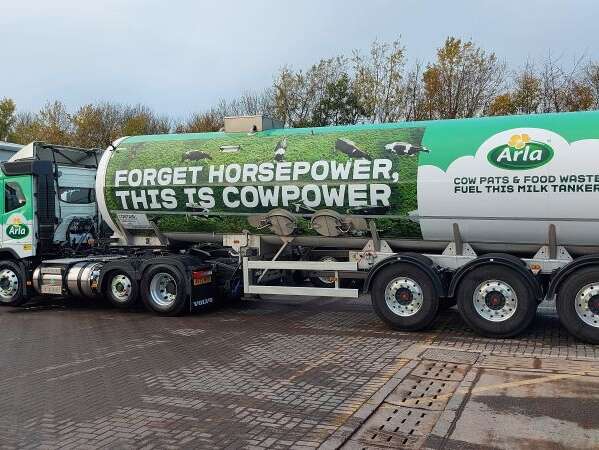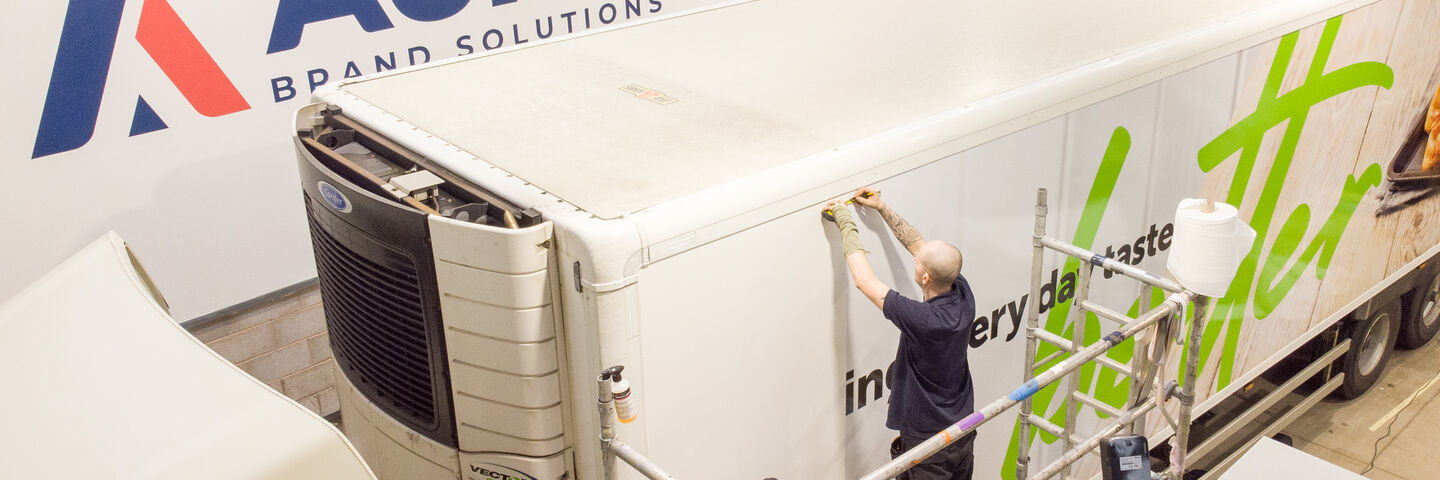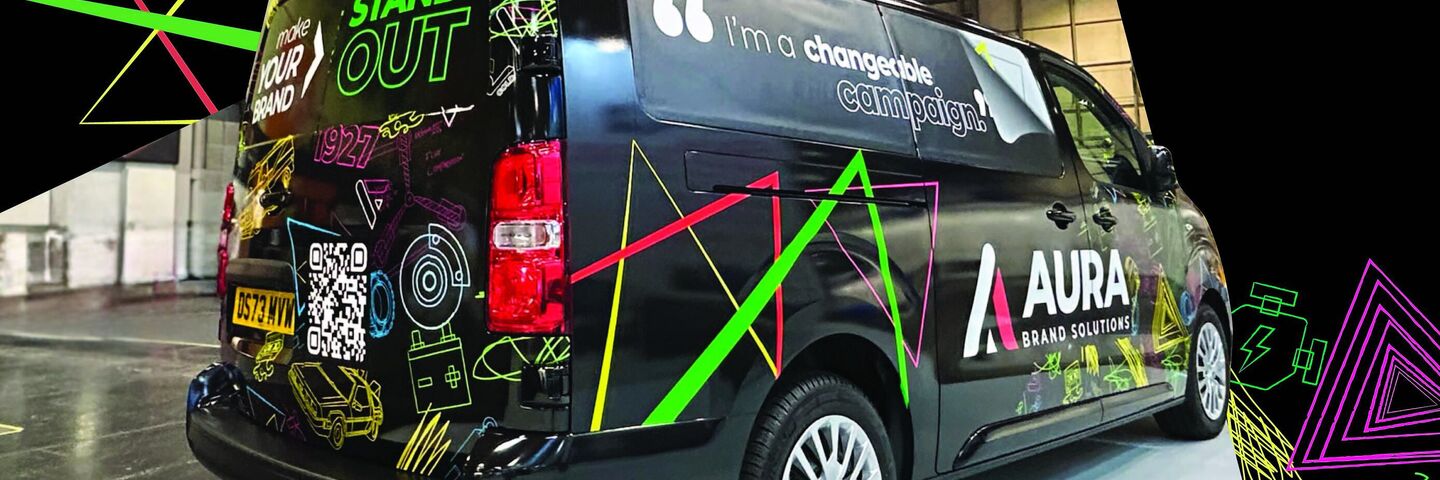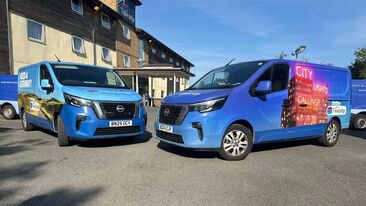
How do we turn your brand into a livery?
September 30, 2024
Implementing a brand is a complex task.
Whether you’ve gone to painstaking detail putting together a full set of brand guidelines, or you just have a logo, there’s a lot to consider. From creating a fleet livery to architectural signage or marketing materials, different applications need their own set of design principles and adaptation.
So, how do we go about turning artwork into a livery?
Collectively, our designers have decades of experience implementing some of the nation’s biggest brands across a wide range of vehicle types. We’ve had the opportunity to witness and be involved in changing trends, and the evolution of techniques, tools and products over the years. This means we’ve tried and tested and chosen the best!

For example, did you know that we have specialist technology which can accurately predict the effectiveness of the design before it’s implemented? We use Visual Attention Software (VAS) to predict how people will see your visuals in the first three to five seconds. This is an incredibly valuable tool as the impact your vehicle makes at first glance determines how successful you will be at capturing your audience's attention.
So, how does it work? The software uses data to tell us where the eye is drawn, and which features are attracting the subconscious attention. We then use this information, paired with our own expertise, to create livery designs that are optimised to capture attention and make an impact.

But it’s not just experience in designing liveries; we make countless decisions and amendments to all livery designs for practical and logistical reasons. It’s easy to forget that designing for print, especially large-scale printing like vinyl graphics, comes with many different challenges and characteristics.
For example, when designing a livery, it’s important to factor in the vehicle shape, including any recesses, features, and door positioning (you really don’t want to invest in a brand new livery only for it to come out like Top Gear’s “Peniston Oils” decal!). Other important elements to remember are door handles and wheel arches where designs can end up cut off or distorted.

It doesn’t stop here. We also consider material choice, making decisions on which material will work and last the best. Material selection can be influenced by a multitude of factors, from desired lifespan, print type, vehicle shape, cost, sustainability, etc. While we’re designing a livery, there’s synergy between the technical and creative factors, which not only results in a higher quality product but also makes it more efficient to produce and install! However, if you do have your own designs, don’t worry, we can go through this optimisation process and use our experience to correct any design missteps before it goes into production.

And that’s not all! Another aspect we consider when turning your brand into a livery is regulations. Our team efficiently implement Chapter 8 compliant chevrons into the artwork whenever necessary, without any hassle, making sure your vehicles stand out wherever they are.
Finally, once the design process is finished, we show our customers exactly what their livery will look like before putting it into production. We do this by creating a 3D model of the vehicle with the new livery applied. It feels spectacular to see a livery come to life!
Are you thinking of rebranding? Get in touch with us about how we can help with brand design and implementation.


